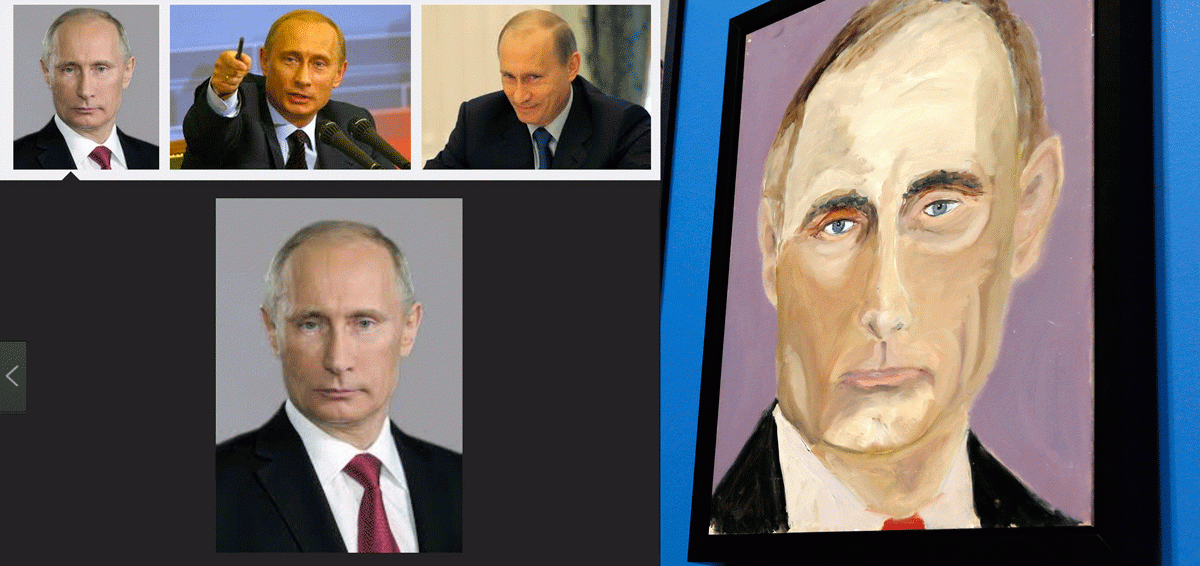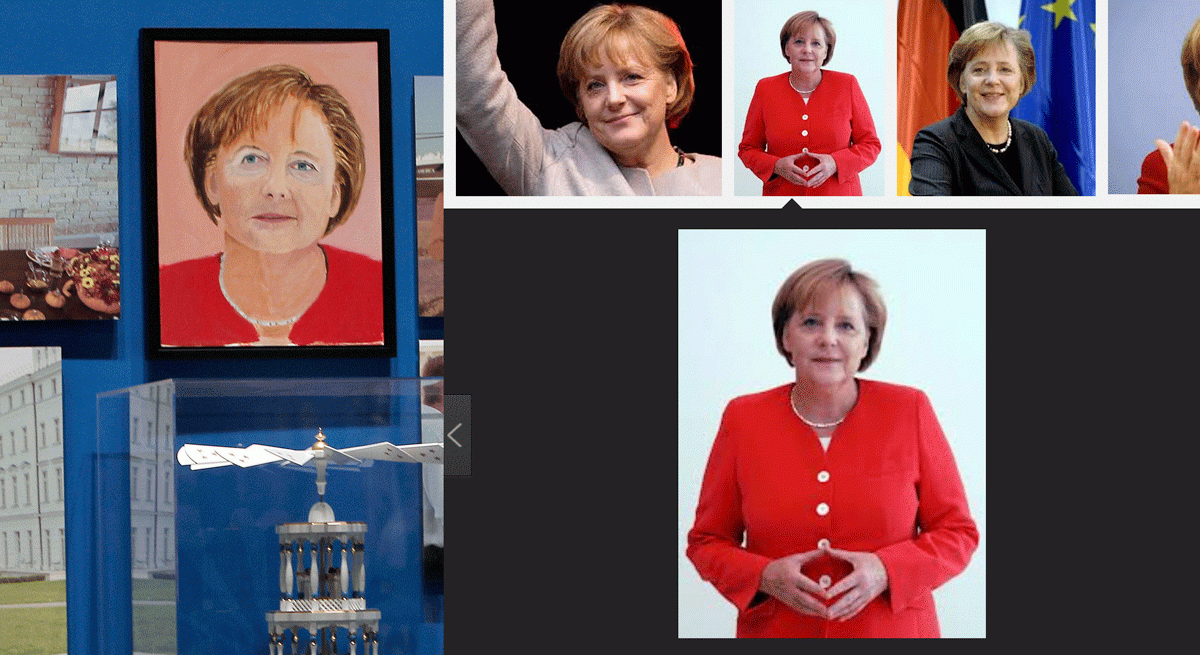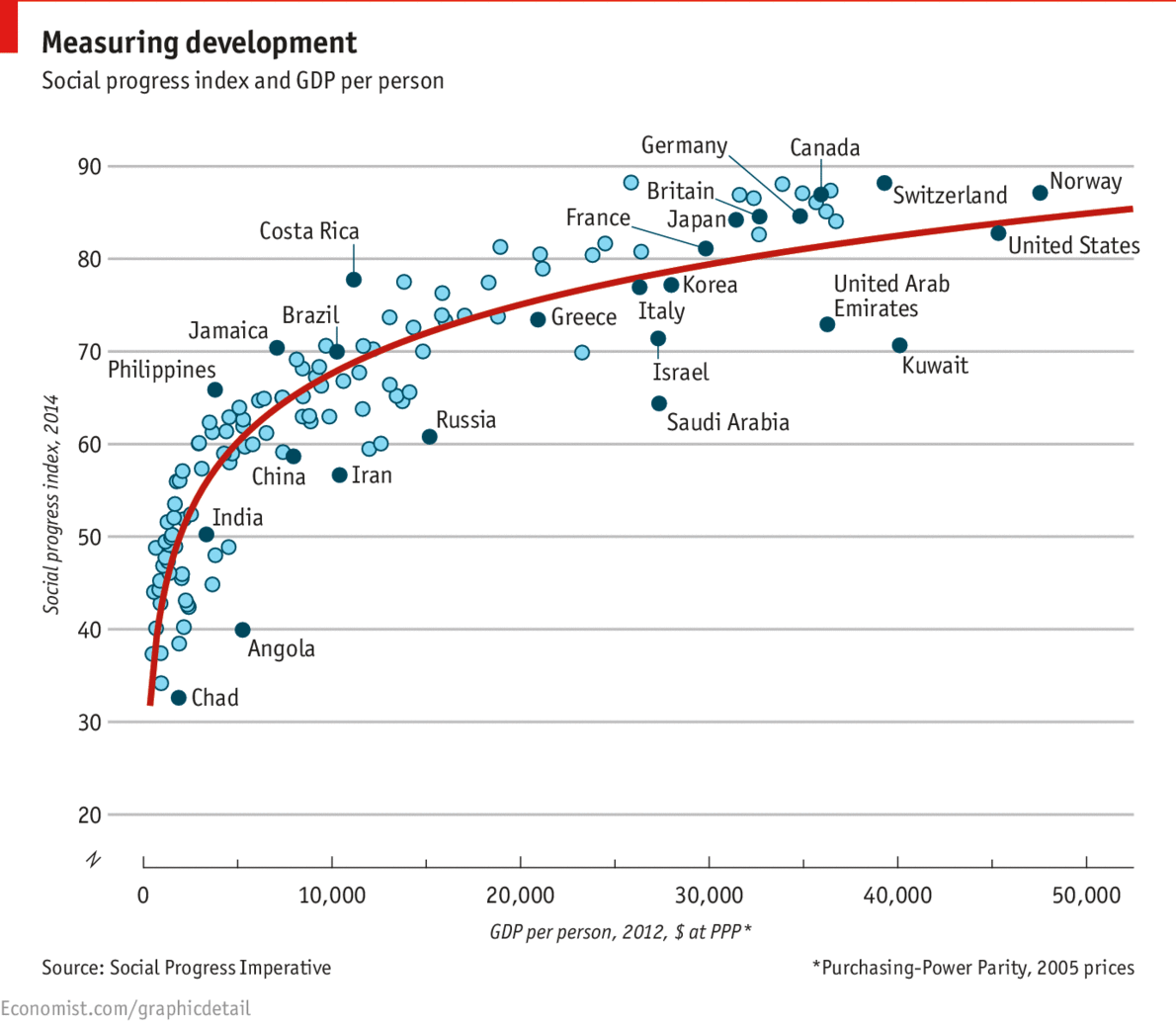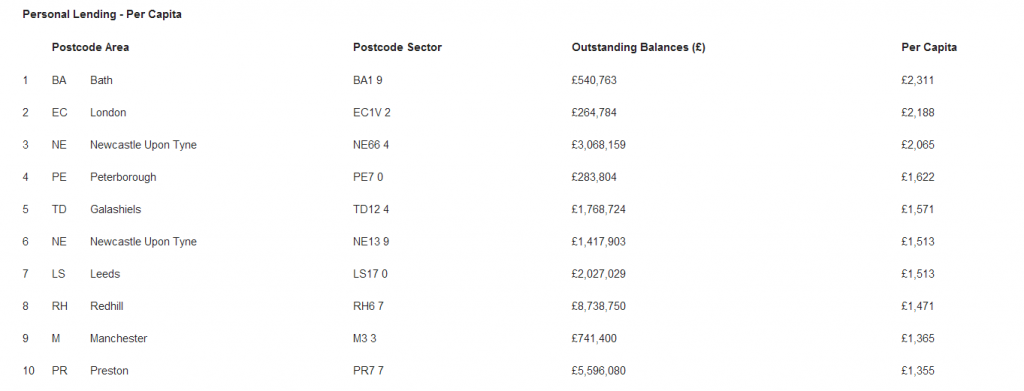April 9, 2014
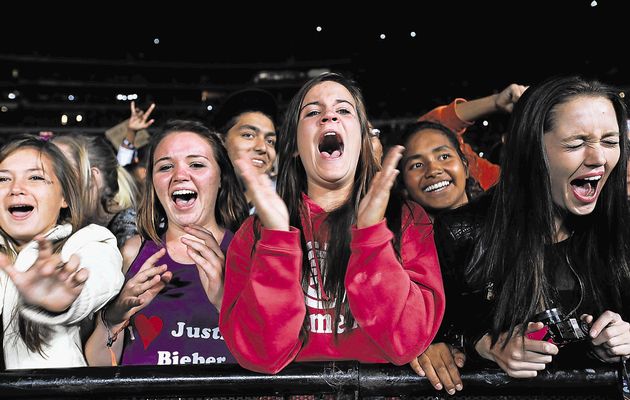
Investment bank Piper Jaffray released its semi-annual report on teen spending on Tuesday. Here’s the gist: For the first time in the survey’s history, teens are spending as much on food as they are on clothing. Starbucks remains the perennial favorite among all teens for food-and-drink spending, according to the survey. Here’s a breakdown of teen spending by category:

Brands that are losing popularity among teens include Aeropostale, Abercrombie & Fitch, and Hollister.

US brands that are starting to get more popular among teen girls include Forever 21, American Eagle, and Lululemon.
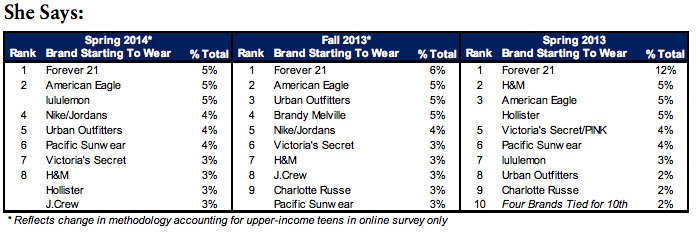
Activewear now comprises 28% of teens’ apparel purchases, up from 6% in 2008. Nike, Lululemon, Under Armour, and Adidas are the most popular brands for athletic apparel.

“Athleisure” — casual athletic clothing that can be worn outside the gym — is now more popular than denim. In spring of 2014, 26% of women and 47% of men preferred to shop online over visiting stores. That’s up from 18% of women and 20% of men who preferred online shopping a year earlier. Instagram is the most important social network for teens, followed by Twitter and Facebook, respectively
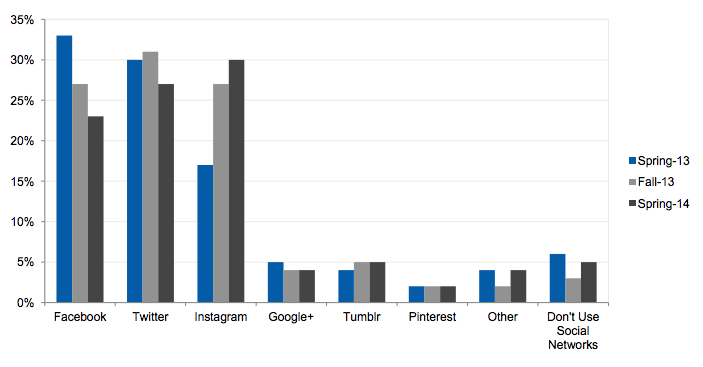
Posted in: Infographic of the day | Leave a Comment









